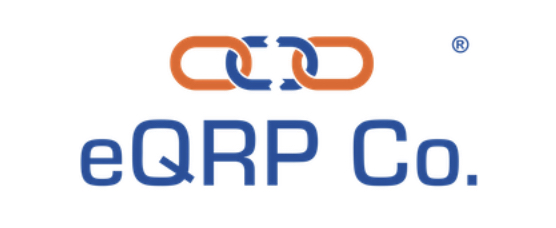This is a basic question and one most may understand, but it is worth revisiting the basis for why real estate, multifamily real estate in particular, is a top choice for wealth building. Simply put, passive income refers to the regular streams of income that an asset produces throughout one’s ownership. Not all assets produce passive income.
Stocks, for example, do not produce passive income unless they offer quarterly dividends (dividend stocks often do not have much growth so the primary attraction is the quarterly dividend). 401k’s do not produce passive income. This is why the working professional should appreciate the income earning potential of real estate, not to mention its other key wealth-builders.
Some people, specifically those who follow Robert Kiyosaki’s teachings, will not consider an investment an asset if it does not produce income through regular cash flow streams. Their argument is that an asset should pay you to own it and that is the difference between an asset and a liability.
That said, one of the most attractive parts of multifamily investing is the ability to grow value and sell the asset in a few years for a higher price. However, the sell price is unknown just as the timing of the sale. Until the uncertain time frame of selling, the asset should be paying you to own it.
This is why multifamily real estate is my top investment vehicle and why I believe every working professional should have this asset class in their portfolio.
To get your head start on understanding passive investing in multifamily, download your free copy of the Passive Investor Startup Guide.
Sign Up For Our Newsletter 👇🏾
Subscribe to My Channel 👇🏾

💡Invest Your Retirement w/ eQRP
– I Rolled My 401k Into eQRP to Passively Invest In Apartments

